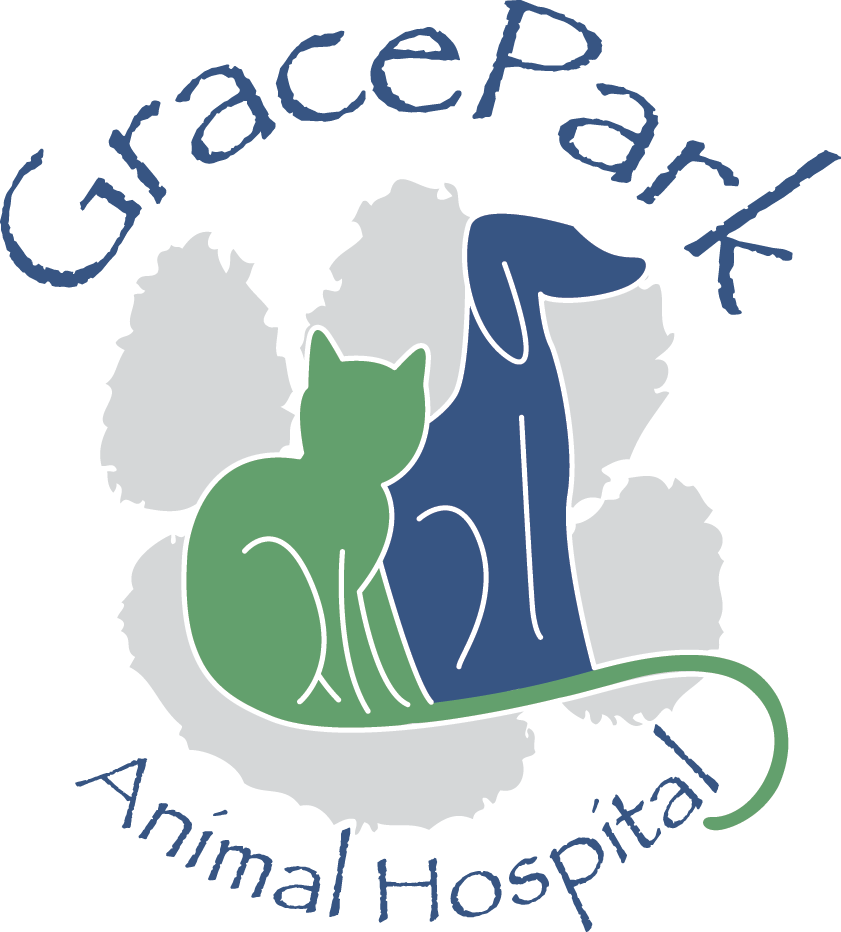Periodontal disease, which is defined as any inflammatory or infectious condition affecting the teeth and gums, is the most common disease in small animal veterinary medicine. Studies have shown that up to 85% of adult pets have periodontal disease. The good news, though, is that this condition is totally preventable! At-home brushing with a veterinary-approved toothpaste product can significantly delay the accumulation of tartar on your pet’s teeth. Other at-home dental products, such as enzyme-treated dental chews, water additives, and oral rinses can also help delay the onset of periodontal disease. Of course, if you’re looking for an animal dentist, we are here to help.
Dental Care
Preventive Care
How do I know if my dog has periodontal disease?
Periodontal disease, which is defined as any inflammatory or infectious condition affecting the teeth and gums, is the most common disease in small animal veterinary medicine. Studies have shown that up to 85% of adult pets have periodontal disease and need an animal dentist. The good news, though, is that this condition is totally preventable! At-home brushing with a veterinary-approved toothpaste product can significantly delay the accumulation of tartar on your pet’s teeth. Other at-home dental products, such as enzyme-treated dental chews, water additives, and oral rinses can also help delay the onset of periodontal disease.
How do I know if my dog has periodontal disease? That’s why we are here! Our veterinarians will advise you if your pet has periodontal disease and if a dental cleaning is recommended. Here is what our veterinarians are looking for, and what you can be keeping an eye out for at home:

Grade 1 Disease:
With grade 1 periodontal disease, mild to moderate tartar accumulation is present on one or more teeth. If you haven’t already, this is a good point to start at-home care to prevent worsening of disease.

Grade 2 Disease:
This grade is characterized by heavier tartar, usually extending to the gumline. Pets with Grade 2 Periodontal Disease should have a dental cleaning, in addition to continued at-home dental care.

Grade 3 Disease:
Pets will have a combination of heavy tartar accumulation and gingivitis, or inflammation of the gums. These pets may have infection present and should have a dental cleaning performed.

Grade 4 Disease:
This is characterized by heavy tartar, gingivitis, gingival recession (receeding gumline), and possibly loose teeth. These pets will require a dental cleaning and possibly tooth extraction(s).
What if my dog already has periodontal disease?
Don’t worry, we are animal dentists and we are here to help! Our veterinarians will likely recommend that you start with a full dental cleaning and oral assessment for your pet. This is a procedure that is performed under anesthesia to allow us to carefully check every little space in your pet’s mouth. We start with an ultrasonic scaling, which uses heat and vibration to remove tartar from the teeth. Next, we apply a temporary stain to the teeth to help highlight any microscopic plaque which may still be adhered to the surface of the tooth. We finish up with a fluoride treatment which helps strengthen the enamel. Your veterinarian will also perform a full evaluation of the mouth. Any damaged teeth that may require further treatment can also be addressed while your pet is under anesthesia. While putting your pet under anesthesia may seem risky, we take many steps to ensure that this procedure is as safe as possible. First, we will recommend pre-anesthetic blood testing, which tells us how well your pet’s internal organs are working. The liver and kidneys are very important in getting anesthetics filtered out of the body, and are the primary focus of this bloodwork. A pre-anesthetic physical exam also ensures the heart is healthy. The medications we use for sedation and maintaining anesthesia are some of the same medications used in people for surgeries – the safest available! We also use advanced monitoring equipment during the procedure, measuring oxygen saturation, pulse rate, ECG, blood pressure, CO2 levels, and temperature to ensure your pet is as safe as possible. Please do not hesitate to ask if you have any questions regarding the oral health of your pet!
A Behind the Scenes Look at a Dental
Services
More on Dental Care
-
Lupin’s Life – Say Cheese Let’s talk teeth: I’ve got a lot of them!...
Read More


